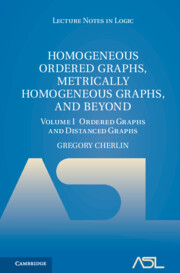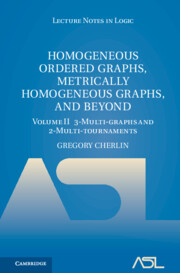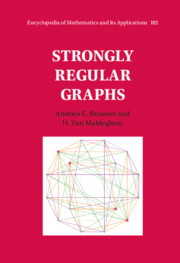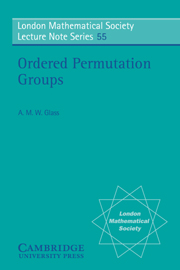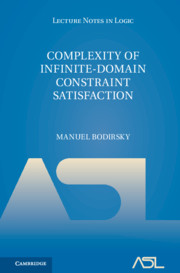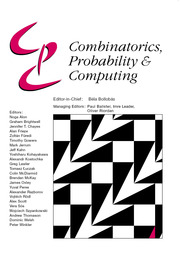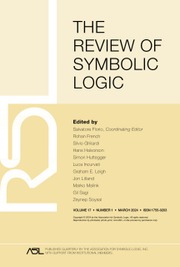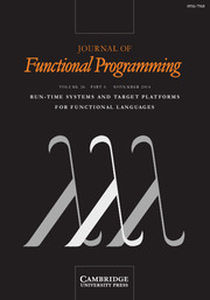Homogeneous Ordered Graphs, Metrically Homogeneous Graphs, and Beyond
This is the first of two volumes by Professor Cherlin presenting the state of the art in the classification of homogeneous structures in binary languages and related problems in the intersection of model theory and combinatorics. Researchers and graduate students in the area will find in these volumes many far-reaching results and interesting new research directions to pursue. In this volume, Cherlin develops a complete classification of homogeneous ordered graphs and provides a full proof. He then proposes a new family of metrically homogeneous graphs, a weakening of the usual homogeneity condition. A general classification conjecture is presented, together with general structure theory and applications to a general classification conjecture for such graphs. It also includes introductory chapters giving an overview of the results and methods of both volumes, and an appendix surveying recent developments in the area. An extensive accompanying bibliography of related literature, organized by topic, is available online.
- Presents the state of the art in an area in which model theory, combinatorics, and topological dynamics interact richly
- A rich source of new ideas and open problems for researchers and graduate students in the area
- Contains an extensive appendix surveying recent developments in the field
Product details
No date availableHardback
9781009229692
386 pages
235 × 157 × 25 mm
0.67kg
Table of Contents
- 1. Results
- 2. Methods
- Part I. Homogeneous Ordered Graphs:
- 3. The catalog of homogeneous ordered graphs
- 4. The generically ordered local order
- 5. Ordered homogeneous graphs: Plan of the proof, Propositions I–IX
- 6. Ordered homogeneous graphs: Proposition I
- 7. Ordered homogeneous graphs: Proposition II
- 8. Ordered homogeneous graphs: Proposition III
- 9. Ordered homogeneous graphs: Proposition IV
- 10. Ordered homogeneous graphs: Proposition V
- Part II. Metrically Homogeneous Graphs:
- 11. Metrically homogeneous graphs: preliminaries
- 12. Admissibility allows amalgamation
- 13. Triangle constraints and 4-triviality
- 14. Amalgamation requires admissibility
- 15. Local analysis
- 16. The bipartite case
- 17. Infinite diameter
- Appendix A. Some recent advances
- References for Volume I
- Index.

